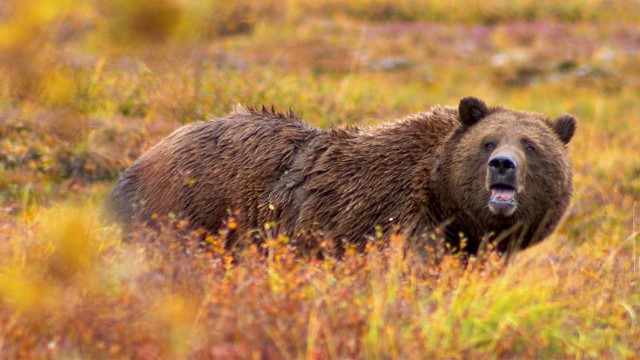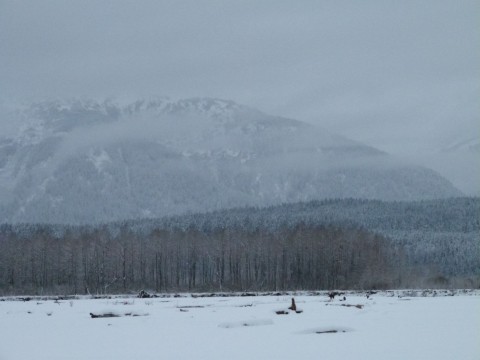
As long as I can remember, I’ve wondered about the inner lives of animals in the wild. I spent many a Sunday evening sprawled wide-eyed on the living room floor mesmerized by Marlin Perkins’ “Wild Kingdom,” puzzling over the ways species exotic and familiar navigate their world.
The show pioneered the use of documentary footage to explain complex ecological interactions and raise awareness about the threats facing wildlife around the globe. I was barely five when I starting watching it, but the show had a profound effect on my view of the natural world. Far from the peaceable kingdom in my bedtime stories, Perkins gave me an object lesson in Tennyson’s nature red in tooth and claw.
I could never bring myself to watch the inevitable encounters between gazelle and cheetah, lion and wildebeest, Perkins’ avuncular narration doing little to mollify my discomfort. (His lessons in survival of the fittest included starving lions who never mastered the art of the hunt.) Still, I accepted them as the way of the wild, scenarios born of intricate ecological interactions that evolved over a time scale I had yet to grasp.
When a movie billed as an Alaska wilderness adventure came to town, my mother took me as a special treat. To her dismay and my horror, the movie turned out to be a wildlife snuff film, an orgy of caribou, moose and grizzlies being gunned down against a pristine wilderness backdrop. I spent most of it hiding my face in my mom’s shoulder.
You might think the movie’s title, “Alaskan Safari,” would have been a giveaway. But we weren’t big on hunting. For us, “safari” meant travel to exotic places to watch wildlife, not kill it.

I thought of that movie on a recent trip to Alaska, my first. Nearly everyone I met in the little town of Haines, a four-and-a-half-hour ferry ride north of Juneau, cited the rugged beauty of the landscape as the main attraction though disdain for rules, regulations and other people seems, for some, to run a close second.